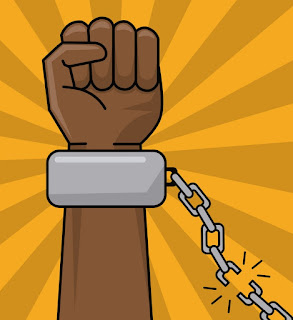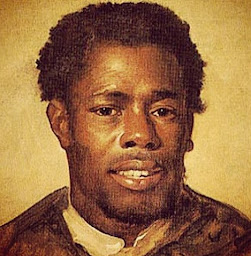Key Provisions of the 13th,14th, and 15th amendments

These three amendments are based on helping African Americans advance in the United States and not be discriminated against for their race. The 13th Amendment was ratified on December 6th, 1865. The amendment abolished slavery. This greatly changed America for the better, giving African Americans the freedom they deserved. The first battle of the first Manasses cause people to rethink the negative aspects of slavery and how this law created so much conflict. Lincoln equipped the Emancipation Proclamation, which eventually declared slaves to be free forever. The 14th Amendment was ratified on July 9th, 1868. The amendment was created to secure the rights of former slaves. Created on "Equality for all in America," One of the three changes to the constitution during and after the Civil War era was the Reconstruction Amendments. Today, this Amendment was evolved into freedom and equal civil and legal rights to freedom and qual and legal rights to African Americans. ...




